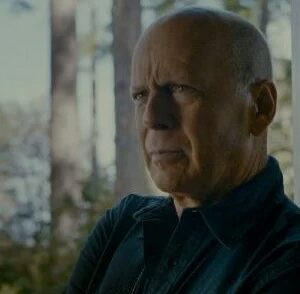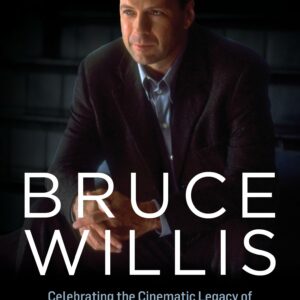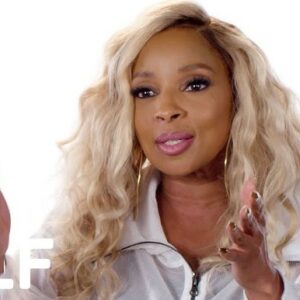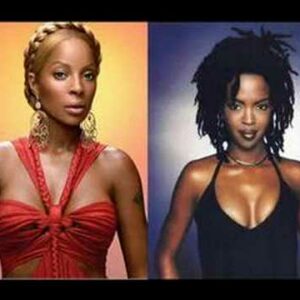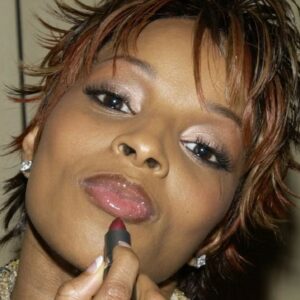In the expansive, ever-evolving landscape of R&B music, few names shine as brightly or as enduringly as that of Mary J. Blige. Often hailed as the “Queen of Hip-Hop Soul,” Blige’s influence throughout the 2000s was nothing short of revolutionary. Her raw and unfiltered approach to music carved out a new space in the genre, blending the grit of hip-hop with the melodic soul of R&B. It was an era of transformation for the genre, and Blige was at the forefront of this movement, shaping not just the sound but the very essence of R&B in the new millennium.
The early 2000s were a pivotal period in the evolution of R&B. Hip-hop was dominating the charts, and pop culture was shifting toward a more urban sound. R&B, once smooth and soulful, was morphing into something harder, more reflective of the realities of urban life. Blige played a crucial role in this transformation. She didn’t just sing about love and heartbreak — she sang about survival, empowerment, and the complexities of life. In doing so, she didn’t just influence the genre; she redefined it.
1. Blending Genres: The Evolution of R&B in the 2000s
At the heart of Mary J. Blige’s influence is her seamless ability to fuse hip-hop and R&B into a cohesive sound that felt fresh yet familiar. The 2000s marked an era where the lines between genres were becoming increasingly blurred, but Blige had been bridging that gap since the early ‘90s. By the time the new millennium rolled around, she had perfected this synthesis. The tracks she released during this period embodied the duality of her sound — the raw edge of hip-hop beats paired with her emotive, soulful vocals.
Her iconic track “Family Affair,” produced by Dr. Dre, is the quintessential example of this fusion. The song’s infectious rhythm, punctuated by Blige’s powerhouse voice, epitomized the sound of early 2000s R&B. It was a club anthem, a celebration of self-confidence and fun, but it carried with it the weight of Blige’s personal struggles, subtly woven into the fabric of its lyrics. The song topped the Billboard Hot 100 for six consecutive weeks, cementing her status as both a musical innovator and a cultural force.
Blige’s influence stretched far beyond her own music. The 2000s saw a wave of artists, from Beyoncé to Alicia Keys, following in her footsteps by blending genres in ways that hadn’t been done before. Her collaboration with hip-hop artists like Jay-Z, Method Man, and Nas helped legitimize R&B’s crossover into the rap world. She didn’t just feature on hip-hop tracks; she made them her own, creating a template that would inspire a generation of R&B artists to embrace the harder edges of the genre.
2. Empowerment through Music: Themes of Strength and Vulnerability
What set Mary J. Blige apart from many of her contemporaries was her ability to convey both strength and vulnerability in her music. She was unafraid to expose her personal struggles — with addiction, abusive relationships, and self-doubt — but she always did so through the lens of empowerment. Her music was cathartic, not just for her but for millions of listeners who found solace and strength in her words.
Albums like No More Drama (2001) and The Breakthrough (2005) became anthems of resilience. Tracks like “No More Drama” spoke directly to the pain Blige had experienced, while also serving as a rallying cry for anyone going through similar struggles. Her voice, gritty and raw, resonated with women who saw their own lives reflected in her lyrics. Mary J. Blige became a symbol of survival, of triumph over adversity, and that message was as powerful as the music itself.
For women, in particular, Blige’s music provided a soundtrack for navigating the challenges of life. She wasn’t the polished, unattainable diva — she was real, and she wore her heart on her sleeve. Her ability to be both vulnerable and strong inspired a generation of female artists to embrace their complexities. The likes of K. Michelle, Jazmine Sullivan, and even Rihanna have spoken about the impact Blige had on their careers, citing her music as both an inspiration and a blueprint for expressing their own stories of struggle and empowerment.
3. Breaking Barriers for Female Artists
In an industry that was (and in many ways still is) dominated by men, Mary J. Blige stood out as a trailblazer for female artists. She wasn’t just a woman in R&B; she was a woman who worked with some of the biggest names in hip-hop, often outshining her male counterparts on their own tracks. Her collaborations with artists like Jay-Z, DMX, and 50 Cent were not just guest appearances — they were full partnerships that showcased her ability to hold her own in a male-dominated space.
Blige’s success paved the way for future female artists to navigate the often-challenging terrain of the music industry. She proved that a woman could be both commercially successful and artistically authentic, that she could collaborate with male artists without being overshadowed. Her influence can be seen in the careers of artists like Beyoncé, who followed a similar path of blending R&B with hip-hop elements while maintaining control over her artistic vision.
Moreover, Blige’s refusal to be pigeonholed as a typical R&B artist helped broaden the definition of what it meant to be a woman in the music industry. She wasn’t just a singer — she was a songwriter, a producer, and later an actress. Her multifaceted career showed that women could have the same range of creative control as men, and her success opened doors for the next generation of female R&B and hip-hop artists.
4. Iconic Albums and Chart Success
The 2000s were marked by some of the most successful and critically acclaimed albums of Mary J. Blige’s career. No More Drama, released in 2001, was both a commercial and critical success, spawning hits like “Family Affair” and “Dance for Me.” The album was a statement — not just of personal triumph, but of Blige’s dominance in the music world. It was her affirmation that she had arrived, and she wasn’t going anywhere.
Then came The Breakthrough in 2005, an album that solidified Blige’s place as an R&B icon. With tracks like “Be Without You” and “Take Me As I Am,” Blige continued to explore themes of love, loss, and resilience. The album debuted at number one on the Billboard 200 and earned Blige numerous awards, including multiple Grammy Awards. “Be Without You” became one of the longest-running singles on the R&B/Hip-Hop chart, staying at number one for 15 consecutive weeks.
Blige’s chart success during the 2000s wasn’t just about numbers — it was about influence. Her albums weren’t just collections of songs; they were cultural moments. Her music videos, her performances, and her presence on the red carpet all contributed to the image of a woman who had conquered her demons and was now ruling the music world.
5. Influence on Fashion and Culture
Beyond the music, Mary J. Blige became a cultural icon in the 2000s, influencing everything from fashion to beauty standards. Her style — a mix of streetwear and high fashion — became synonymous with the R&B aesthetic of the era. The oversized sunglasses, the platinum blonde hair, the fur coats — Blige’s look was as much a part of her brand as her music.
Her influence extended beyond fashion, though. Blige’s public persona — confident, resilient, unapologetically herself — resonated with women across the world. She became a symbol of strength and survival, not just in her music but in the way she carried herself. Blige was a cultural force, shaping the aesthetics and attitudes of the 2000s in a way that few other artists could.
Conclusion: A Lasting Legacy
Mary J. Blige’s influence on 2000s R&B cannot be overstated. She didn’t just shape the sound of the genre; she shaped its very essence. Her music, a blend of hip-hop’s grit and R&B’s soul, defined an era, while her themes of empowerment and resilience inspired a generation of artists and listeners alike.
Blige’s legacy is not just that of a successful artist but of a pioneer. She broke barriers for women in the music industry, redefined what R&B could be, and, in the process, became a cultural icon. As we look back on the 2000s, it’s clear that Mary J. Blige wasn’t just a part of the R&B movement — she was the movement. And her influence continues to resonate, not just in the music of today, but in the hearts of everyone who has ever found strength in her voice.
